InAsia
Insights and Analysis
Examining the Arroyo Legacy in the Philippines
April 7, 2010
President Gloria Macapagal-Arroyo has dominated Philippine politics this entire decade, first in January 2001 as a vice president who succeeded President Joseph Estrada on the heels of a “people power” protest (triggered by the suspension of the impeachment trial of President Estrada) – a succession that was confirmed by the Supreme Court. She then went on to serve as president longer than any since Ferdinand Marcos when she won a full six-year term in May 2004. That election was marred by significant controversy that peaked when an audio recording was leaked purporting to reveal Ms. Arroyo on the phone with Commission on Election Commissioner Garcillano talking about padding her vote margin. Her popularity (as measured by periodic citizen surveys) subsequently plumbed to depths never before reached in Philippine politics, and has consistently remained low for five years. We now watch and wait as the nation prepares to elect a new president on May 10, 2010.
At the recent Association for Asian Studies (AAS) 2010 Conference in Philadelphia in late March, the only session (of 282) that was devoted to the Philippines focused on Arroyo’s legacy.
Panel chair and author of several works on the Philippines, David Timberman, outlined four contrasts that he sees in the Arroyo Legacy: 1) The contested legitimacy and unpopularity (as measured in opinion surveys) with the administration’s remarkable staying power and “vitality;” 2) The continued defensiveness of the administration in the face of these attacks versus the success in making policy; 3) The effective wielding of presidential powers with the marginalization of other potential policy-makers; and 4) The lack of significant new investment or jobs in the Philippines and prevailing poverty, despite sustained GDP growth.
As a presenter, I pointed out that overall World Bank Governance Indicators show a decidedly mixed Arroyo legacy: between 2000 and 2008 there was a steady increase in government effectiveness and rule of law (under the consistent leadership of three successive chief justices), while at the same time, a steady decline in political stability, voice and accountability, and control of corruption.
I chose to demonstrate the Philippines’ riddled history by quoting from a timeless 1954 Brookings Institution report about the need to make “resolute efforts to get rid of corruption in office.” But I also talked about Arroyo’s smart 2003 “roll-on roll-off” maritime initiative, which brought down the cost of shipping among the Philippine islands by 30 to 40 percent as a historic policy success.
Since President Arroyo announced in 2001 a switch from former President Estrada’s “all out war” policy to one of “all out peace,” significant, though sporadic, progress has been made between the government and the Moro Islamic Liberation Front. Most recently, after an outbreak of fighting in late 2008, peace talks began once again in late 2009, International Monitoring Teams are on the ground, and an International Contact Group (of which The Asia Foundation is a member) is assisting in the negotiations. Focus now is on maintaining the peace, preserving the gains of the past years through negotiation, and handing off to the incoming administration, whomever it may be, on July 1. In the meantime, the very real dangers of relying on local strongmen for support both in politics and in counter-insurgency was demonstrated by the November 23 election-related massacre in Maguindanao that left 57 people dead.
Another presenter, Gwendolyn Bevis of Management Systems International, described the results of studies of the budgetary process, which President Arroyo has managed to dominate and manipulate throughout her administration. Aside from particular moves to withhold pork barrel allocations for opposition legislatures and to reduce the amount of influence Congress has on the budget, presidential power was increased by a general trend toward lump sum (rather than itemized) appropriation and the discretionary use by the president of previous years’ savings. A sophisticated budgetary team, with the persistence to examine the entire budget (the Philippine president can veto particular line items), maximized the effect.
Ronald Mendoza, an expatriate Filipino and economist with the United Nations, put the economic record of Arroyo into a historical perspective back to the Marcos period. This analysis helped to underscore the country’s boom and bust growth pattern, leaving very little opportunity for sustained economic and human development. During the most recent 2008-2009 crisis, remittances from Overseas Filipino Workers once again offered invaluable support. Mendoza observed that overseas workers have offered a continued de facto bailout of the country, which would have faced debt sustainability problems in the absence of these resource flows.
Similar to earlier administrations, the Arroyo regime failed to address key social and economic challenges relating to persistent poverty and inequality. Indeed, the recent growth spurt prior to 2008-2009 occurred while indicators of poverty and hunger increased. The recent boom period, while impressive on paper, created benefits that even Arroyo supporters admit were not broadly shared by most Filipinos.
Further, a lack of commitment to agricultural development is a major factor behind the Philippines’ transformation from a self-sufficient rice producer into the world’s top importer of rice. This also reflects the broader underdevelopment of the rural sector, in turn contributing to a pattern of growth that has left behind millions of Filipinos and failed to make major inroads in poverty reduction. Over half of families engaged in farming are below the Philippine poverty line, a figure which has remained largely unchanged since the mid-1980s.
The Arroyo legacy could be characterized by some improvements on the policy front, though they are inadequate and leave many governance challenges and social inequities largely unaddressed. As shown by the World Bank indicators, chronic problems such as corruption have worsened, a key reason behind the Philippines’ anemic progress in economic and human development. In addition, even the recent boom period beginning in 2001 and ending in 2008-2009 represents a missed opportunity to facilitate sustained change. This leaves many challenges for President Arroyo’s successor to take up on July 1 when the next Philippine president is inaugurated.
Note: In the 5th paragraph of this piece, Arroyo’s smart 2003 “roll-on-roll-off” maritime initiative was inadvertently called Aquino’s smart 2003 “roll-on roll-off” maritime initiative. The story has been corrected.
Steven Rood is The Asia Foundation’s Country Representative for the Philippines and Pacific Island Nations. He can be reached at [email protected].
About our blog, InAsia
InAsia is posted and distributed every other Wednesday evening, Pacific Time. If you have any questions, please send an email to [email protected].
Contact
For questions about InAsia, or for our cross-post and re-use policy, please send an email to [email protected].The Asia Foundation
465 California St., 9th Floor
San Francisco, CA 94104
The Latest Across Asia
Program Snapshot
May 2, 2024
News
April 25, 2024

2024 Lotus Leadership Awards
The Lotus Leadership Awards recognize contributions towards gender equality in Asia and the Pacific

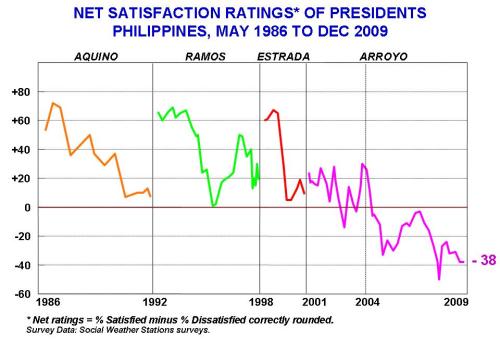
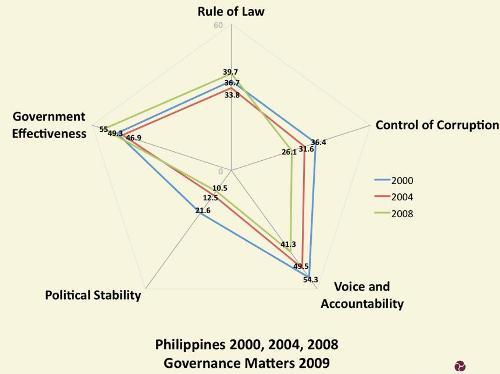



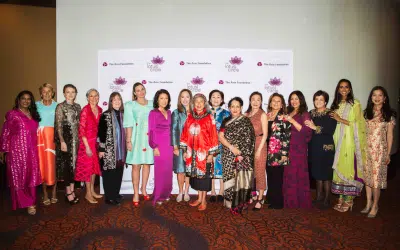
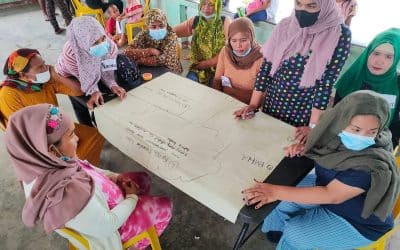
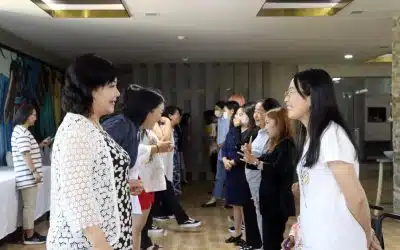
0 Comments